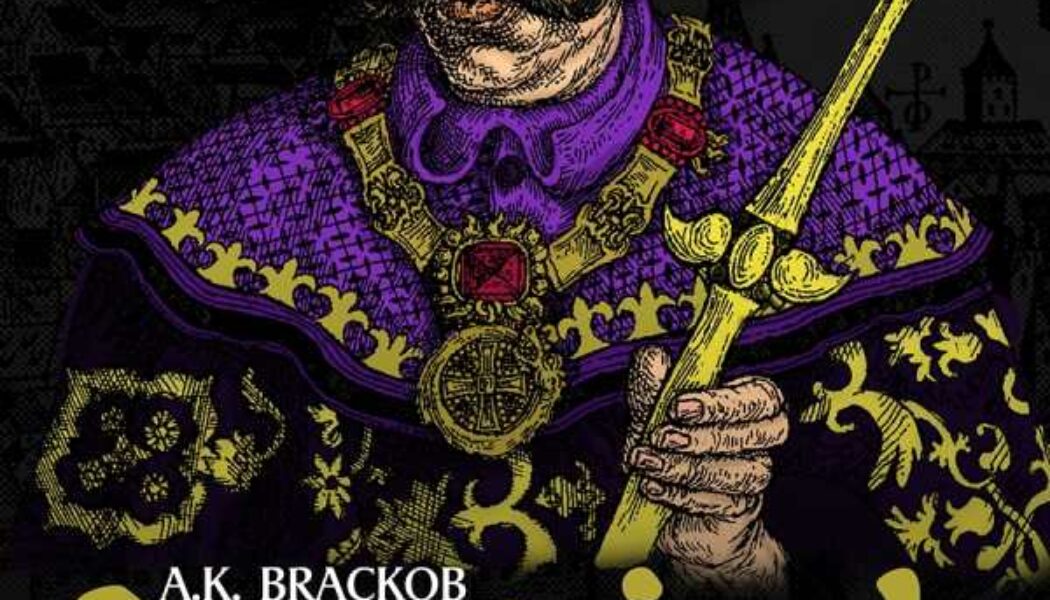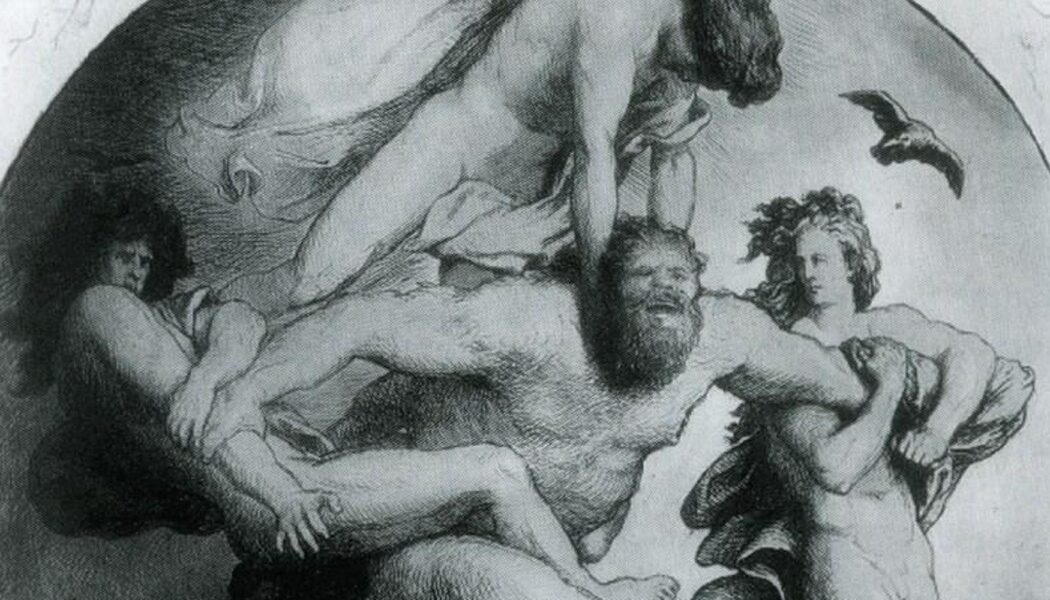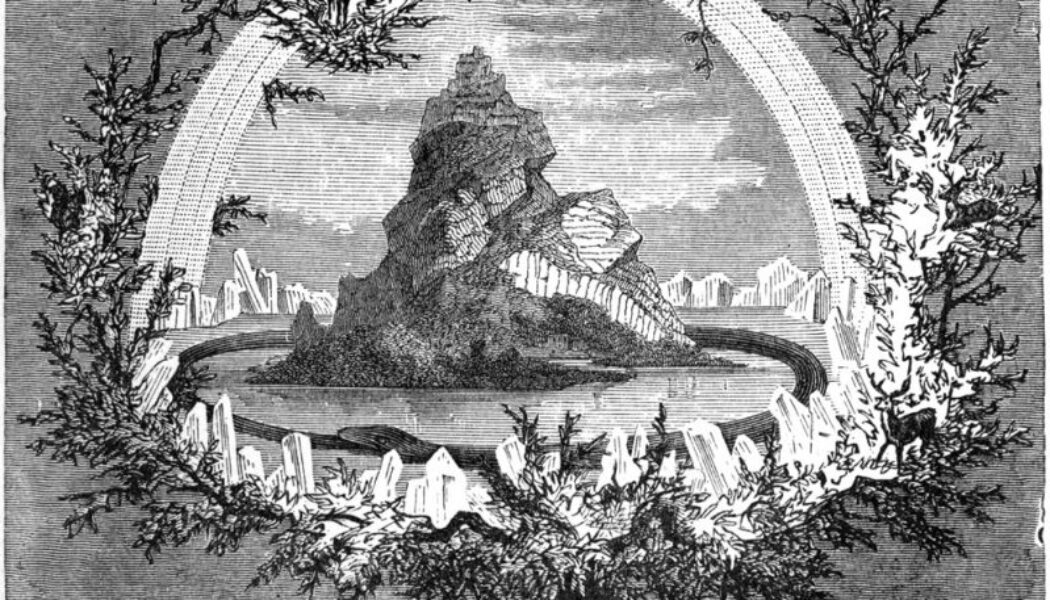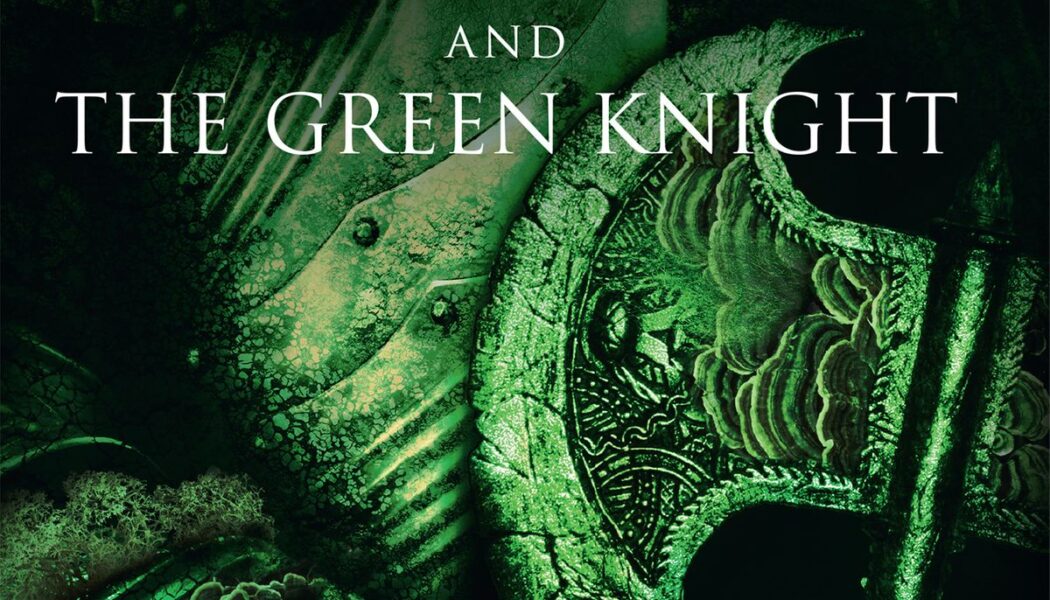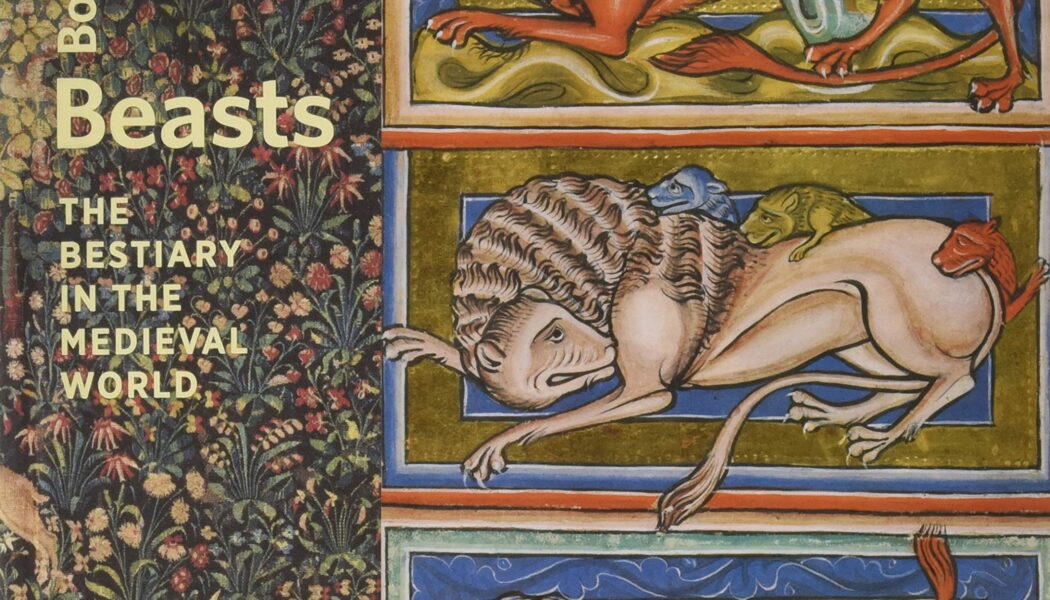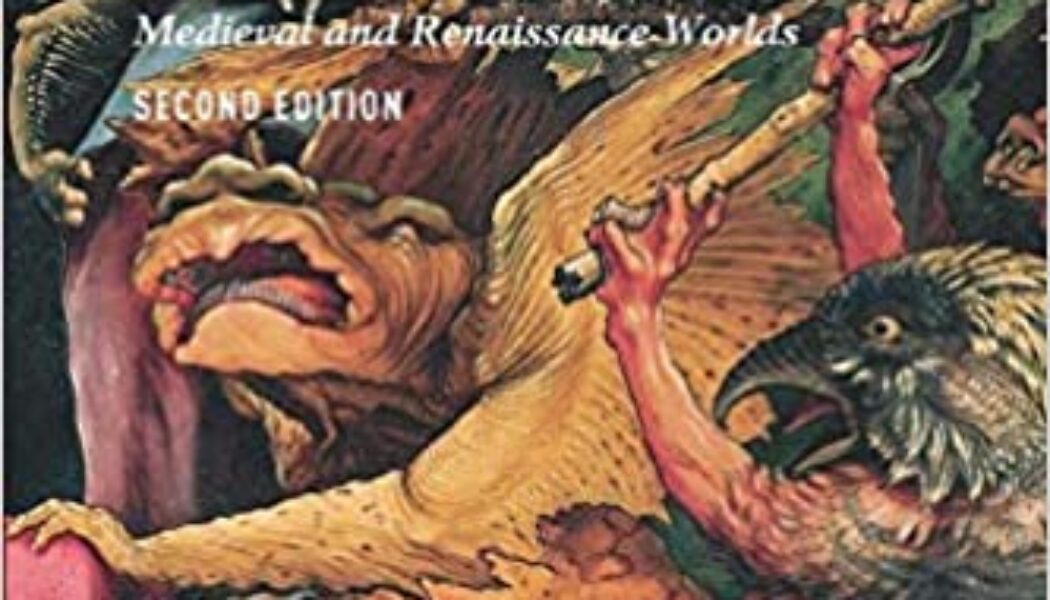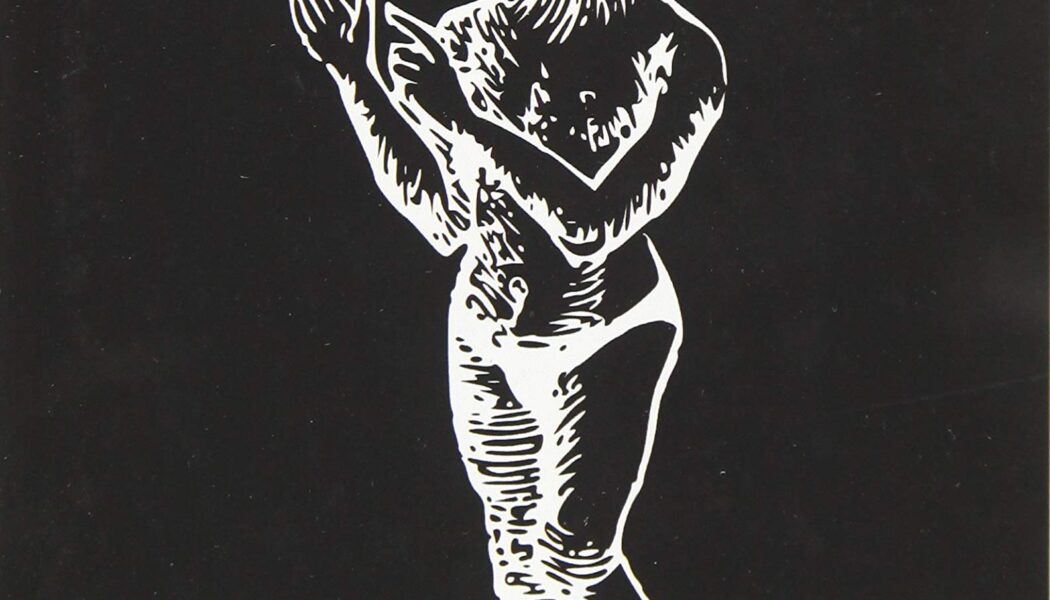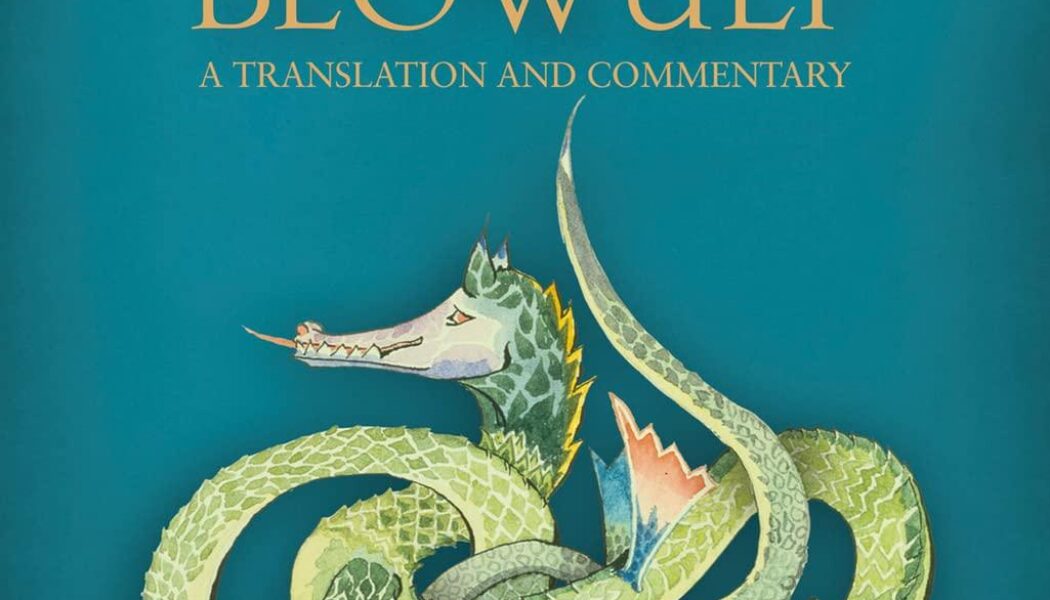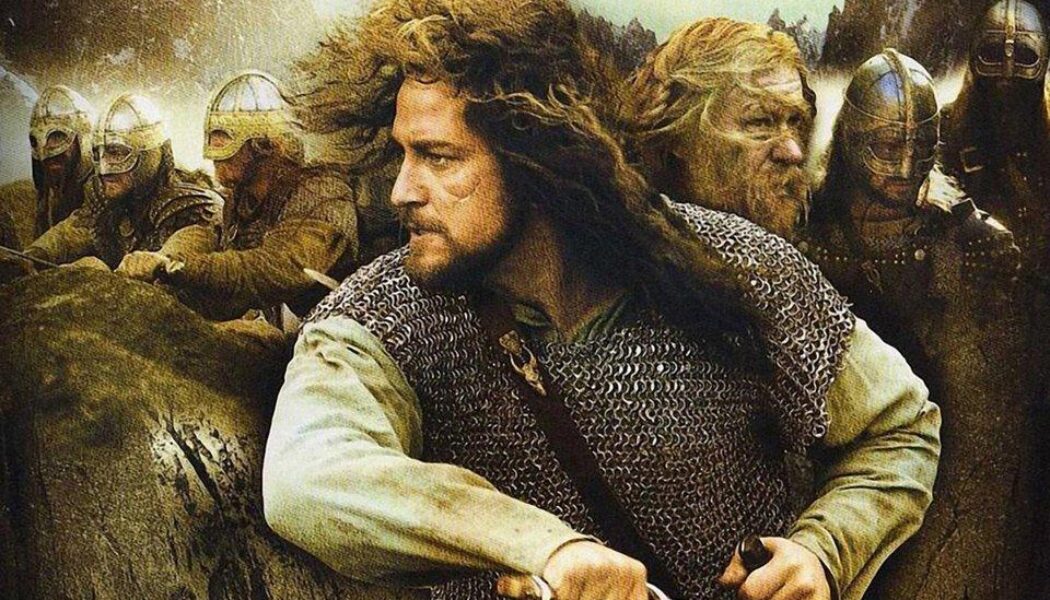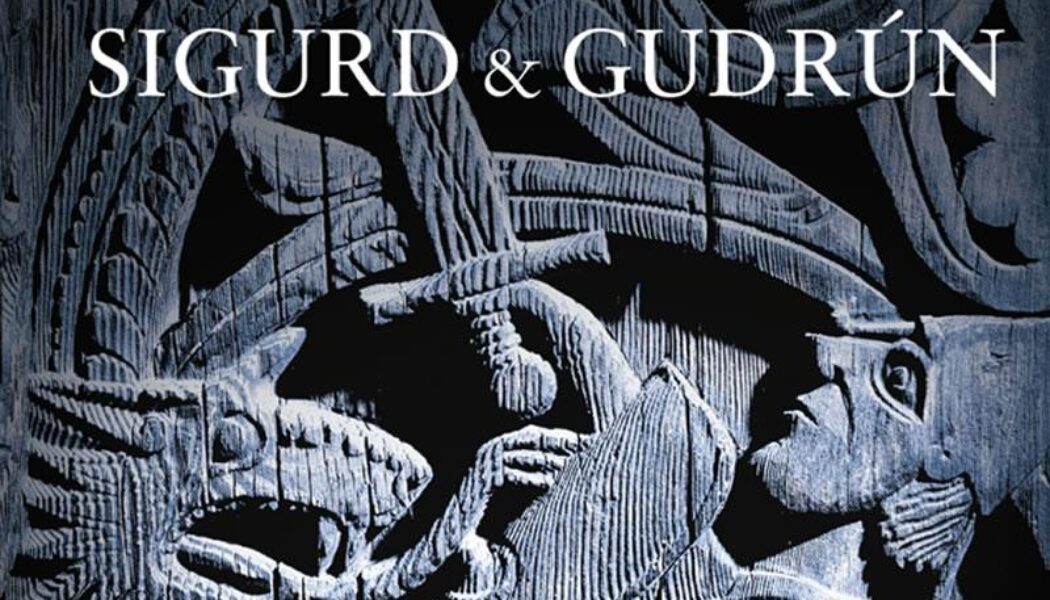mythology
Dracul: Of the Father – The Untold Story of Vlad Dracul
Several books have been devoted to the study of his famous son, Vlad the Impaler, but any search for the historical Dracula must begin with the story of the father. Now, for the first time, based on extensive documentary research, the true story of the man who founded the Dracula dynasty is revealed.
Giants in Scandinavian Mythology and Folklore with Dr. Tommy Kuusela
A different perspective on giants, moving from Old Norse mythology to younger folklore accounts, and a discussion of similarities and differences.
An Evening in Asgard – The Home of the Norse Gods with Lena Heide-Brennand
This on-line event will be an evening of captivating tales about the main characters of Asgard and the creatures that existed alongside them.
Sir Gawain & the Green Knight, Pearl, & Sir Orfeo
Interpreted in a form designed to appeal to the general reader, J.R.R. Tolkien’s vivid translations of these classic poems represent the complete rhyme and alliterative schemes of the originals. This beautifully decorated text includes as a bonus the complete text of Tolkien’s acclaimed lecture on Sir Gawain.
Vlad III Dracula: The Life & Times of the Historical Dracula
This book studies the life and times of Vlad III Dracula, also known as Vlad the Impaler, providing the reader with a better understanding of the personality of this enigmatic figure of medieval history, as well as the times in which he lived.
The Mabinogi & Other Medieval Welsh Tales
The four stories that make up the Mabinogi, along with three additional tales from the same tradition, form this collection and compose the core of the ancient Welsh mythological cycle.
Book of Beasts: The Bestiary in the Medieval World
A celebration of the visual contributions of the bestiary—one of the most popular types of illuminated books during the Middle Ages—and an exploration of its lasting legacy. Brimming with lively animals both real and fantastic, the bestiary was one of the great illuminated manuscript traditions of the Middle Ages. Encompassing imaginary creatures such as the unicorn, siren, and griffin; exotic beasts including the tiger, elephant, and ape; as well as animals native to Europe like the beaver, dog, and hedgehog, the bestiary is a vibrant testimony to the medieval understanding of animals and their role in the world.
Strange Histories: The Trial of the Pig, the Walking Dead, & Other Matters of Fact from the Medieval & Renaissance Worlds
Strange Histories is an exploration of some of the most extraordinary beliefs that existed in the late Middle Ages through to the end of the seventeenth century. Presenting serious accounts of the appearance of angels and demons, sea monsters and dragons within European and North American history, this book moves away from "present-centred thinking" and instead places such events firmly within their social and cultural context.
Beowulf: A Translation & Commentary
Completed in 1926, but never considered for publication. However, now with it's publication, everyone will find something of enduring interest in this collection that includes an illuminating written commentary on the poem by the translator himself, drawn from a series of lectures he gave at Oxford in the 1930s.
Beowulf & Grendel
Out of allegiance to the King Hrothgar, the much respected Lord of the Danes, Geatish warrior Beowulf leads a troop of warriors across the sea to rid the village of Heorot of the marauding monster Grendel - immense flesh and raging blood, driven by a vengeance!
The Legend of Sigurd & Gudrún
A must-have for every Tolkien appreciator and readers of myths and legends alike. In scenes of dramatic intensity, of confusion of identity, thwarted passion, jealousy, and bitter strife, the tragedy of Sigurd and Brynhild, of Gunnar the Niflung and Gudrún his sister, mounts to its end in the murder of Sigurd, the suicide of Brynhild, and the despair of Gudrún.
- 1
- 2

